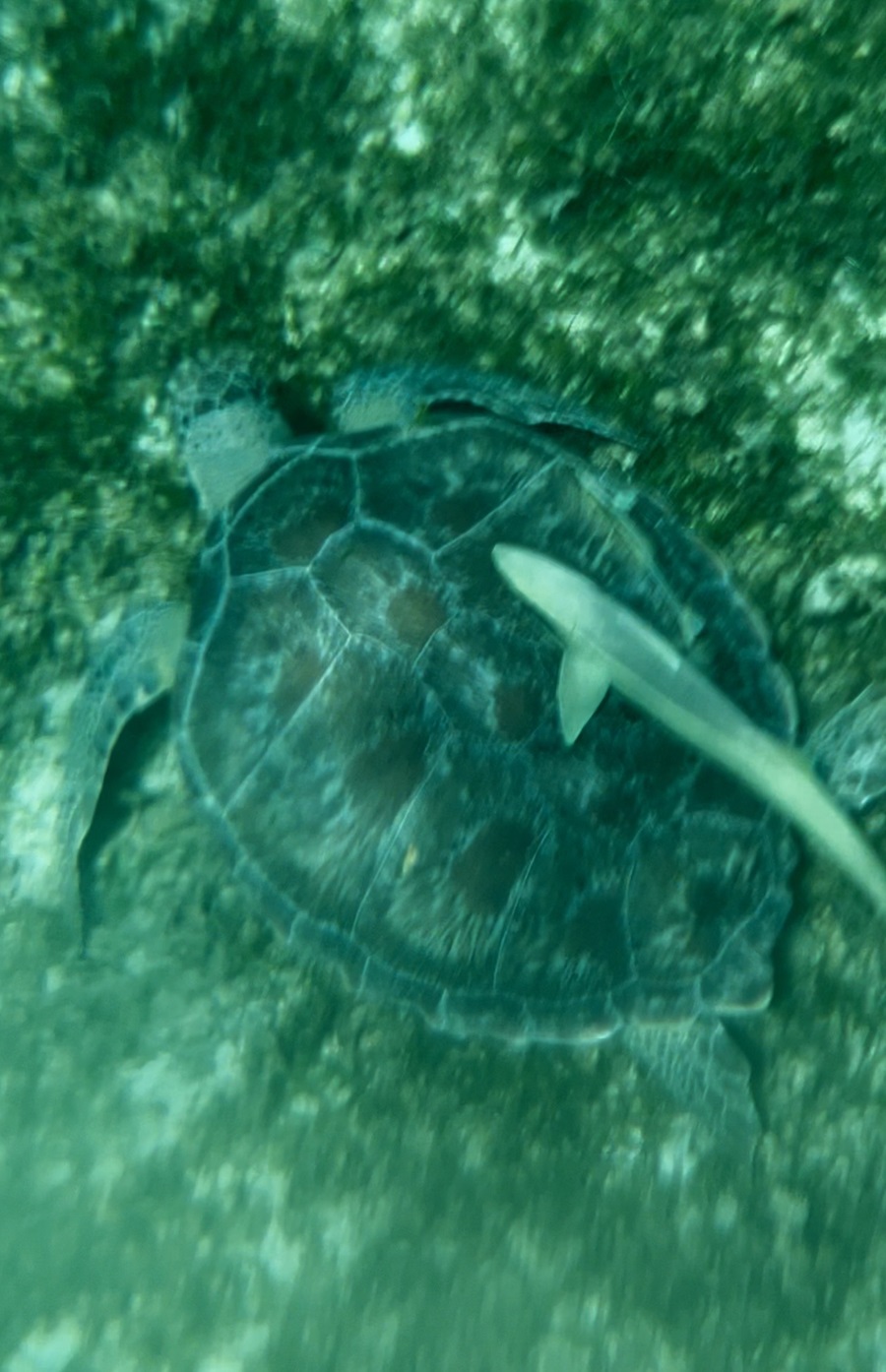The water temperatures off Cape Cod are only sluggishly increasing this spring, reaching the upper 40s and in some spots the low 50s last week. If all you’re thinking about is where the striped bass are, it certainly feels like we are in a holding pattern. But there are more fish in the sea.
Reports of large schools of mackerel are beginning to come in from across Cape Cod Bay. And the flounder fishing down by Sesuit Harbor has been steadily improving, according to word I am getting from the charter fishing boats out that way. Things are beginning to get going.
That said, one big disappointment this year has been the absence of a spring run of haddock up on Stellwagen Bank. These very tasty deep-water bottom-dwelling fish usually come into shallower water in the spring, giving sport fishermen a chance to catch them close to home. But they were pretty much no shows this spring. For a time, there were reports of a good haddock bite up on Jeffries Ledge, which is farther offshore to the northeast of Stellwagen, but even that has fizzled out somewhat.
So, what about the highly migratory striped bass and bluefish? Well, it’s good news, bad news south of us so far. I’ll start with the bad news: they didn’t have a great spring for striped bass down in New York and New Jersey. Whether that’s because most of the fish migrated farther offshore than the three-mile limit for charter boats or because the stock numbers are low remains to be seen. The good news, however, is that the bluefish are early in big numbers and are larger fish so far. I am already hearing of bluefish catches around Block Island Sound, and it’s still very early for that.
Where I can’t tell good news from bad is the fact that the fisheries are part of an executive order signed by the current president on April 17 having to do with “Restoring American Seafood Competitiveness.” In theory, this is trying to promote a more productive harvest of our seafood resources by easing the headwinds for commercial fishermen from federal regulations and from uneven trading policies with foreign nations.

In the opinion of many commercial fishermen, myself included, overregulation is a chronic problem. While the intent of federal regulations is to promote sustainable fishing and protect marine ecosystems, some of the rules are poorly crafted and make the costs to fishermen too high. This could be a step in the right direction. But as the saying goes, the devil is in the details, and those, so far, are few.
Just as we’ll have to wait and see what kind of striper season we get, we’ll also now have to wait and see whether all this flowery speech and strongly worded text translates into actual plans that get implemented in a timely manner and are truly effective.
Here’s something that makes every sort of waiting easier to do: First Mate Tammy Rabbett and I are on our annual trip to the Caribbean, navigating and diving in the warm waters of Tortola. We’re set to beat the striped bass back to Provincetown.



